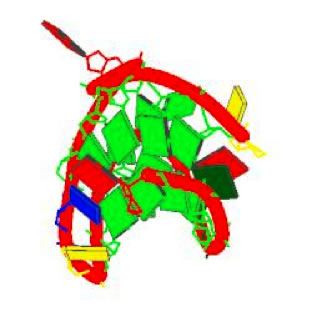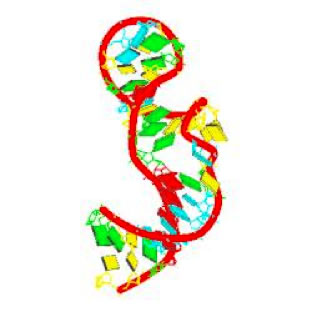
This web page was produced as an assignment for an undergraduate course at Davidson College.
The Aging Gene
The Scientific Dilemma of Aging
Scientists have had a hard time concretely biologically explaining aging. Why do biological systems break down, stop working efficiently, and eventually die? Recent discoveries have lead scientists closer to parts of the complex answer to this big question.
Genetic Basis for Aging
We’ve all seen people who “age better” than others, and many of us have observed this occurrence even through certain families. From a biological perspective, we are all products of our genetics and our environment, the apparent inheritance of aging well lead many scientists to think that there might be a genetic component to aging. The presences of telomeres, non-coding regions of DNA at the end of chromosomes, were know about for a long time but had long been a mystery to scientists. Alexey Olovnikov1 first predicted the existence of telomerase and the telomere shortening in 1973. He proposed that telomeres shorten with every cell division (which they do) and that the cell stops dividing or dies when it runs out of telomeres. Carol W. Greider2 and Elizabeth Blackburn3 first discovered telomerase in 1984 in the ciliate Tetrahymena4. In 2009 Greider, Blackburn, and Jack W. Szostak5 were awarded a Nobel Prize in Physiology or Medicine for their research and discoveries about telomerase and aging.
Telomerase
The suffix “ase” implies that telomerase is an enzyme, but what does it do? Telomerase is a complicated reverse-transcriptase containing an RNA sequence that it uses as a template to elongate the telomeres of chromosomes, in humans adding a “TTAGGG” sequence to the end of the chromosome. The enzyme exists in the nucleoplasm where it can access and lengthen chromosomes. The major part of the reverse-transcriptase is coded for by a gene conveniently called “telomerase reverse transcriptase” or “TERT” for short. The RNA template TERT employs is called “Telomerase RNA component” or “TERC” for short. These genes are thought to play a role in aging over time, telomeres shorten. If your telomerase isn't good at keeping up with telomere shortening, then your cells will stop dividing as much, and die quicker, reulting in a shorter cell lifespan. This process costs your body in the long run, for reaons that are not quite fully understood. Gain of function mutations in these genes are often seen in cancerous, frequently immortal cells.
TERT
TERT is located on human chromosome 5 (location 5p15.33)

Image courtesy http://ghr.nlm.nih.gov (permission pending)
TERT is about a 54.5Kb long gene with 15 exons (and thus 14 introns).

Here is a three dimensional representation of TERT (courtesy PBD.org, permission pending)
Notice the “mitten-like” shape of the molecule. This allows the enzyme to wrap around DNA and lengthen telomeres.
TERC
TERC is located on human chromosome 3 (location 3q26)

Image courtesy http://ghr.nlm.nih.gov (permission pending)
TERT is about a .6Kb long region of DNA, with no introns.

Here is a three dimensional representation of TERC (courtesy PBD.org, permission pending)
Notice how comparatively small and simple this molecule is. It merely serves as a template for DNA replication. The rest of this molecule properly orients it relative to TERT and the DNA strand.
Recent finding about these genes, how they age us, and how they relate to age related diseases has caused quite a stir in the popular press. Clink this link to see how popular media covers the story compared to scientific journals.
Conclusions
TERT and TERC are genes associated with lengthening telomeres. Representative of much biology, they interact in a complicated, not yet fully understood. However these genes appear to be related to many complex diseases and further research on how they are regulated and how they operate is needed.
References
1 Alexey Olovnikov: http://en.wikipedia.org/wiki/Alexey_Olovnikov
2 Carol W. Greider: http://en.wikipedia.org/wiki/Carol_W._Greider
3 Elizabeth Blackburn: http://en.wikipedia.org/wiki/Elizabeth_Blackburn
4 Tetrahymena: http://en.wikipedia.org/wiki/Tetrahymena
5 Jack W. Szostak: http://en.wikipedia.org/wiki/Jack_W._Szostak
Questions? Comments? Contact me at mike.nuttle@comcast.net